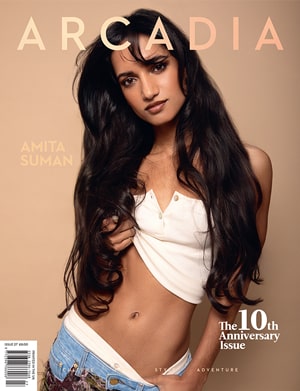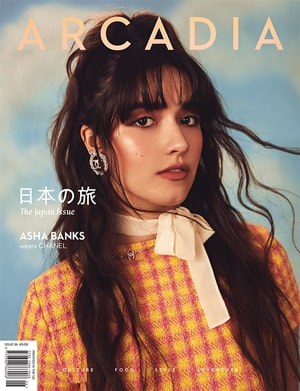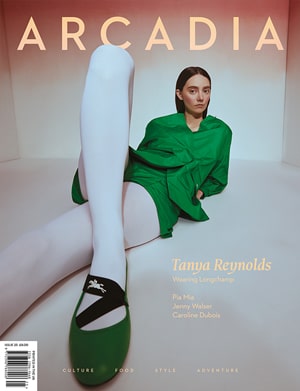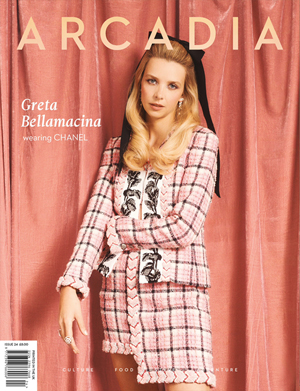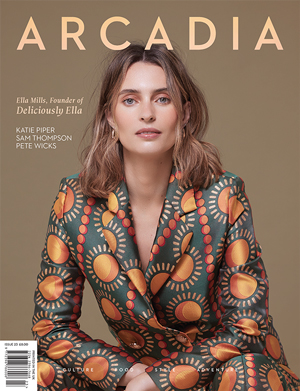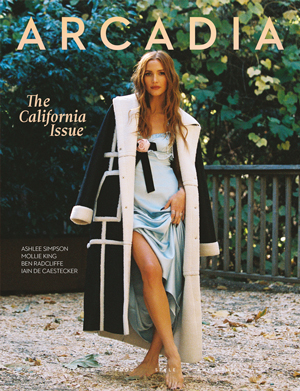An engagement ring is so much more than a piece of jewellery, it’s a time capsule of style, emotion, and cultural change. From the bold geometry of the 1920s to today’s sleek, sustainable designs, each era has left its mark on how we express love through fine jewellery.
Here’s a journey through a century of sparkle, exploring how engagement ring design has evolved to reflect the world, and the love stories, around it.
The 1920s: Art Deco Glamour
The roaring twenties were all about confidence and creativity. With jazz, fashion, and design flourishing, engagement rings became miniature works of architecture. Platinum dominated, prized for its strength and cool sheen, while diamonds were cut into baguettes and geometric patterns that caught the light in dazzling new ways.
Art Deco rings embodied the energy of the age, symmetrical, linear, and often accented with coloured gemstones like sapphires and emeralds. They reflected a new era of independence, particularly for women who were beginning to embrace modernity and self-expression.
The 1930s and 1940s: Strength and Sentiment
As the world faced economic hardship and war, jewellery design took on a quieter beauty. Metals were rationed, so gold replaced platinum, and diamonds were often smaller but set with care and craftsmanship.
Designs from this period favoured romantic details, engraved bands, floral motifs, and milgrain edging that softened the look. Engagement rings became deeply sentimental tokens of love and endurance, often passed between soldiers and sweethearts as promises of reunion.
The 1950s: Hollywood Romance
After the war, glamour returned in full force. The 1950s celebrated abundance, optimism, and the idea of happily ever after, fuelled by Hollywood icons like Grace Kelly, Audrey Hepburn, and Elizabeth Taylor.
This was the decade of the diamond solitaire, forever immortalised by De Beers’ 1947 slogan, “A diamond is forever.” Large central stones, platinum settings, and refined elegance defined the era. The engagement ring became a symbol not only of love but of prosperity and promise.
The 1960s and 1970s: Individuality and Colour
The Swinging Sixties ushered in bold fashion, freedom, and experimentation. Engagement rings reflected that shift with pops of colour, sapphires, rubies, and aquamarines made their way into centrepieces, often set in yellow gold.
By the 1970s, bohemian influences took over. Rings became more organic, featuring fluid lines, textured finishes, and unusual diamond shapes like marquise and pear cuts. The trilogy ring, representing past, present, and future, gained popularity for its symbolism and symmetry.
Couples wanted something personal, something that didn’t look like everyone else’s. For the first time, individuality became as important as beauty.
The 1980s: Statement Sparkle
The 1980s were unapologetically glamorous. Bigger was better, and engagement rings were no exception. The decade’s defining moment came when Prince Charles proposed to Lady Diana Spencer in 1981 with a 12-carat blue sapphire surrounded by diamonds.
That single ring sparked a global obsession with halo designs, which remain beloved to this day. Platinum made a comeback, and emerald-cut diamonds, baguettes, and clusters all reflected the era’s love of luxury and drama.
Engagement rings became as much about self-expression as romance, a visible declaration of style and confidence.
The 1990s: Minimalism and Refinement
As the world entered the digital age, jewellery design pared back. The sleek sophistication of the 1990s embraced simplicity, thin bands, single-stone settings, and refined elegance.
The round brilliant solitaire reigned supreme, symbolising timeless taste. White gold gained popularity for its cool modern edge, while platinum continued its quiet reign among purists.
It was a decade of subtlety and restraint, proof that true style never shouts.
The 2000s: Bespoke Beauty
The new millennium brought with it a renewed appreciation for individuality. Celebrities began commissioning bespoke designs, and couples followed suit, eager to create rings that told their story.
Designers blended vintage inspiration with modern craftsmanship. Cushion cuts, split-shank bands, and pavé detailing became hallmarks of the era. Coloured diamonds, particularly pinks and champagnes, appeared on red carpets and in bridal showcases alike.
Bespoke design was no longer reserved for the elite; it became an attainable expression of creativity and romance.
The 2010s to Today: Conscious Luxury
In the past decade, engagement ring design has undergone a quiet revolution. Today’s couples value ethics, transparency, and sustainability as much as beauty.
Lab-grown diamonds and recycled metals have become defining features of the modern engagement ring, allowing couples to make responsible choices without sacrificing luxury. The aesthetic has also evolved, minimalist solitaires, oval and emerald cuts, and yellow gold bands dominate, each exuding understated sophistication.
Personalisation continues to thrive: hidden halos, engraved messages, and mixed-metal settings allow for subtle individuality within classic forms.
In short, love has become as intentional as it is beautiful.
The Future of Forever
What does the next decade hold? If history teaches us anything, it’s that engagement ring design will continue to reflect the times, weaving together romance, craftsmanship, and conscience.
The modern engagement ring is more than an accessory. It’s a mirror of who we are: thoughtful, expressive, and deeply connected to meaning. From art deco geometry to ethical brilliance, every era has added its own sparkle, and every ring, in its own way, is timeless.


